
150 years ago, the first woman conquered the Matterhorn
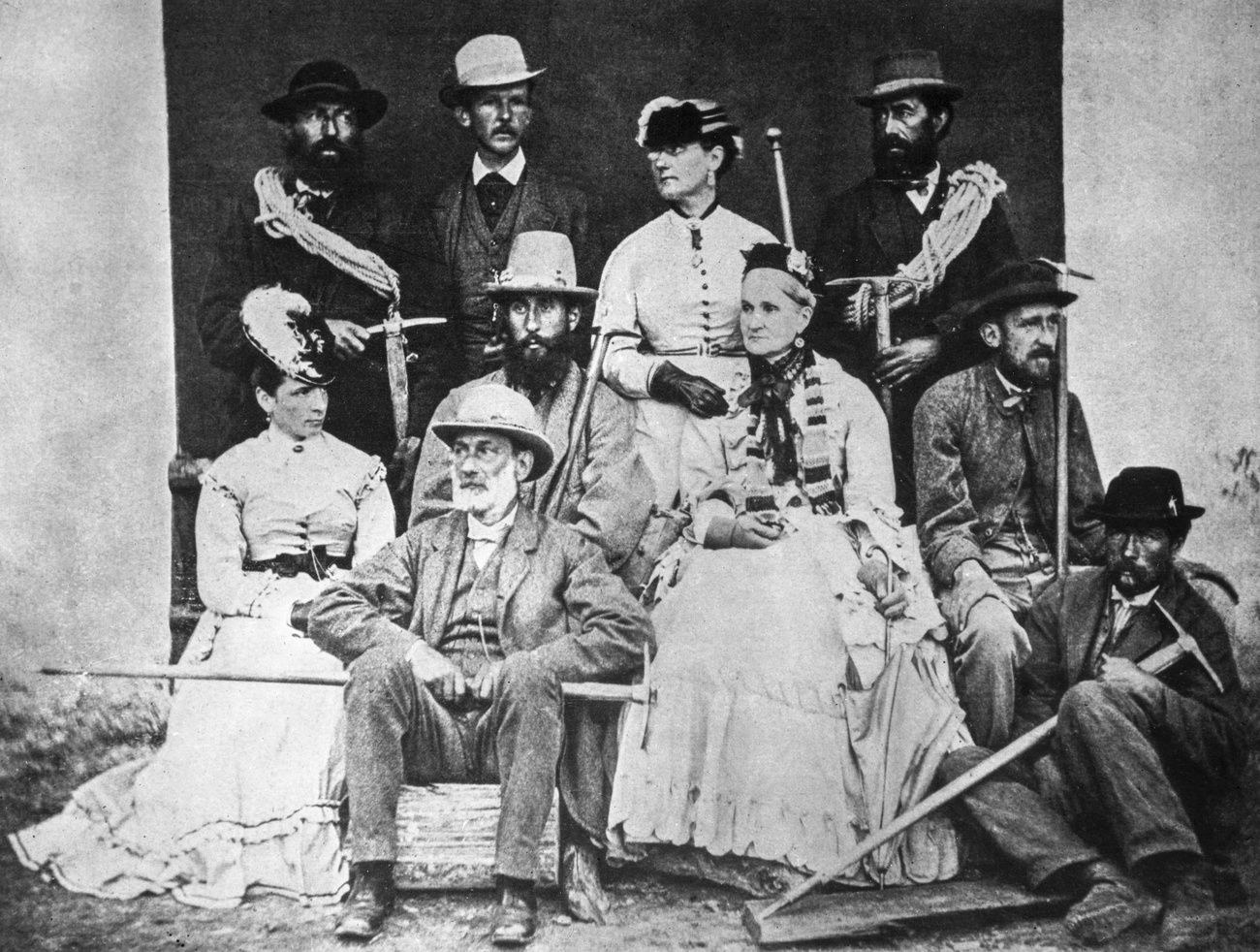
On July 22, 1871, 35-year-old British mountaineer Lucy Walker made climbing history. Six years after her compatriot Edward Whymper, she reached the peak of the iconic Matterhorn. She started the ascent wearing a long flannel skirt, with trousers underneath, in keeping with the morals of the day.
On the historic day, the editorial office of the Journal de Genève newspaper received a telegram from Zermatt: “The Englishwoman Lucy Walker has become the first woman to reach the top of the Matterhorn”. This was some feat considering the situation of women in the 19th century. At the time, it was unthinkable for women to wear trousers; foreign women explored the Alps in crinoline dresses. Walker thus began her ascent in a long flannel skirt, as befitted a Victorian lady. According to legend, she was wearing trousers under her skirt, which she took off once she started climbing.
The Matterhorn, a near symmetric pyramidal peak whose summit is 4,478 metres high, is located above the village of Zermatt in southern Switzerland, close to the Italian border.
On July 14, 1865, the British climber Edward Whymper reached the summit for the first time, accompanied by a three other mountaineers, a French guide and two local guides. But on the way down the first four climbers fell to their deaths. Whymper and the two local guides were the only survivors.
Today, 300-400 people attempt the climb with a guide every year; over 3,500 others climb the peak without professional help. When weather conditions are good, up to 300 people might attempt to reach the summit, according to Zermatt’s tourist office.
Since the first ascent, over 500 people have lost their lives on the Matterhorn, making it one of the most dangerous peaks in the Alps. Modern equipment provides greater safety, but melting permafrost is making the mountain more unstable and increasing the dangers, especially from rock falls.
Strong and hardy, she had already scaled the Lyskamm, in the Monte Rosa massif, and the Piz Bernina, in canton Graubünden. She had also made the first ascent of the Balmhorn, in the Bernese Alps, one year earlier in the company of the Bernese guide Melchior Anderegg – a mountaineering legend who was to accompany her throughout her climbing career.
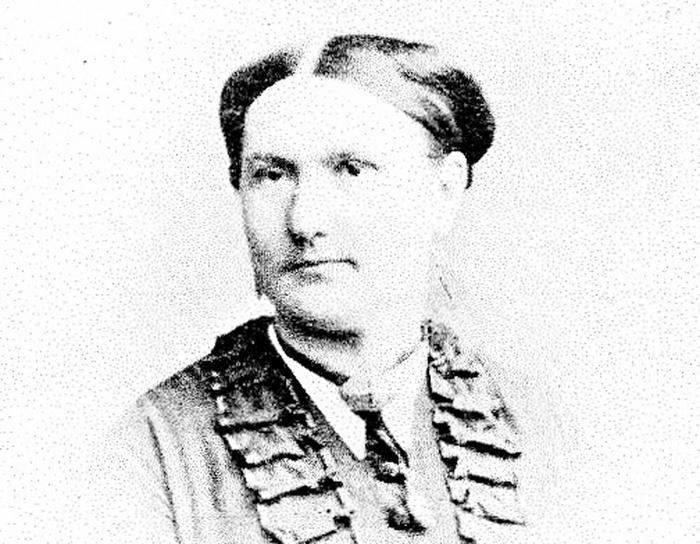
Walker was 35 years old when she set off to conquer the Matterhorn, together with her father, Frank, a wealthy merchant from Liverpool, who was also a keen mountaineer. The roped party also comprised five guides led by Anderegg, who had joined them from Meiringen. He had learned rock climbing as a chamois hunter in the Grimsel region.

Bound by a deep friendship, Walker, who never married, and the guide, who was a veritable force of nature, remained in touch long after the record-breaking ascent. Anderegg would visit Walker when she was holidaying in Mürren, in the Jungfrau region, or in Zermatt, where they could be seen walking together.
Walker died in 1916 at the age of 80. In 1907, she had founded and presided over the Ladies’ Alpine Club, set up in response to the ban on women joining the British Alpine Club. In Switzerland, it was 11 years later, in 1918, when a group of 15 women, led by Aline Margot, created the Swiss Club of Women Mountaineers, at the Hôtel de Londres in Montreux.
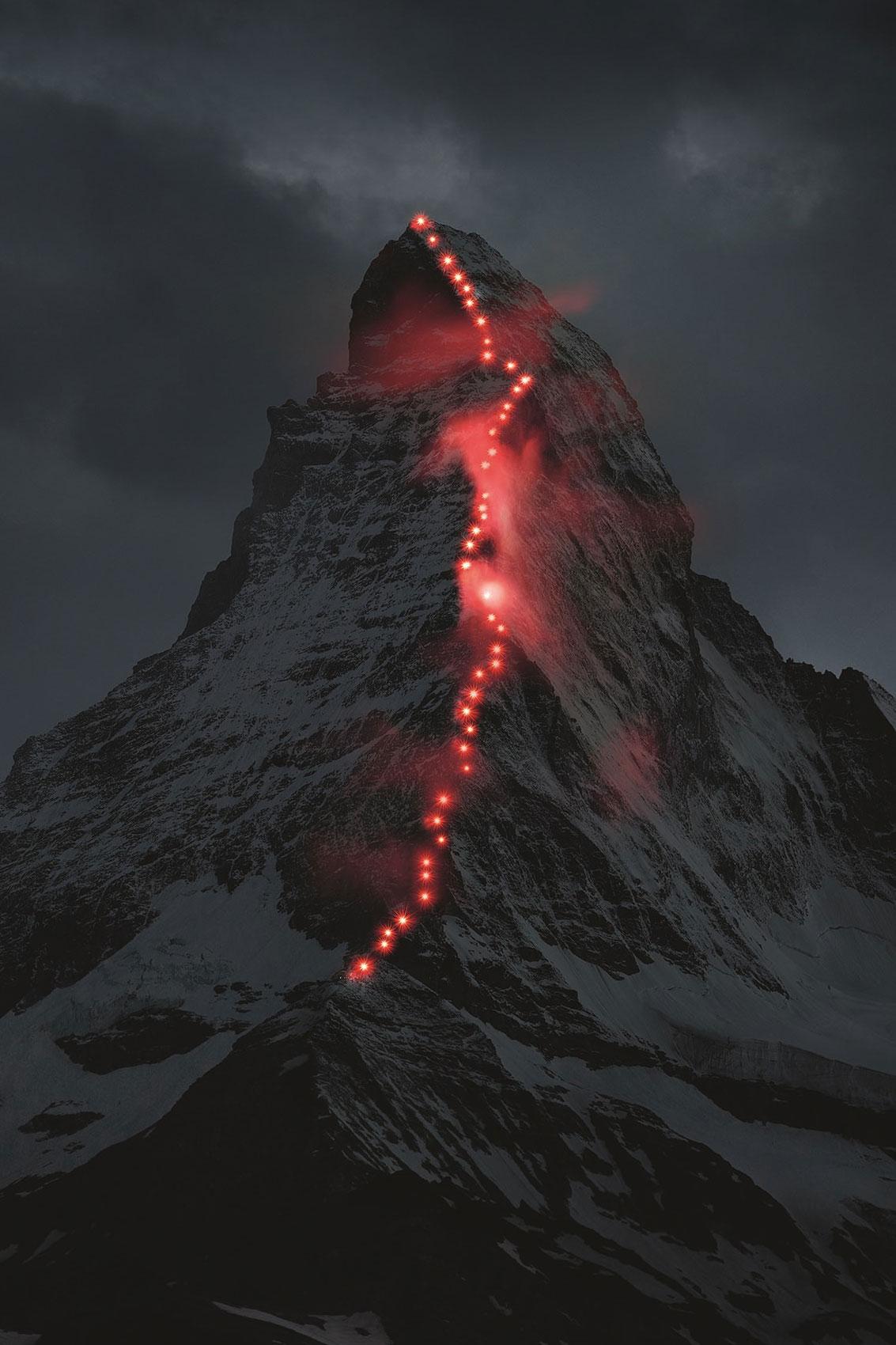
More
The legacy of the Matterhorn
External linkRace against an American rival
Walker had a rivalry with another woman mountaineer who also left her mark on the history of the Matterhorn and earned a bronze plaque on Zermatt’s main street. The accomplished competitor was the American climber Margaret Claudia Brevoort, known as Meta. Aged 46 in 1871, she was in excellent physical condition and considered, in mountaineering circles, a likely contender to reach the top of the Matterhorn first. She had spent the whole summer in the Alps, during which time she had climbed Mont-Blanc. She was also the first woman to ascend the Grandes-Jorasses, the Dent Blanche, the Weisshorn and the Bietschhorn, according to the Zermatt Magazin.
Just as the race to the top between the male climbers Whymper and Jean-Antoine Carrel, an Italian from the Aosta Valley, had ended with a hair’s-breadth victory by the Englishman in 1865, a similar neck-and-neck competition was playing out six years later between the two women.
Meta Brevoort came from a Dutch family who had made their fortune as property owners in Manhattan. She had already tried to climb the Matterhorn in 1869 from the Italian side but had had to turn back some 650 metres from the top because of bad weather. Two years later, when Brevoort decided to go to Zermatt and try again, Walker was already there. She had got wind of the American’s plans and quickly assembled a party to reach the summit first. Arriving in Zermatt one day after her rival’s victorious ascent, Brevoort could only congratulate her in person. This was the only time the two most prominent female alpinists of the era ever met.
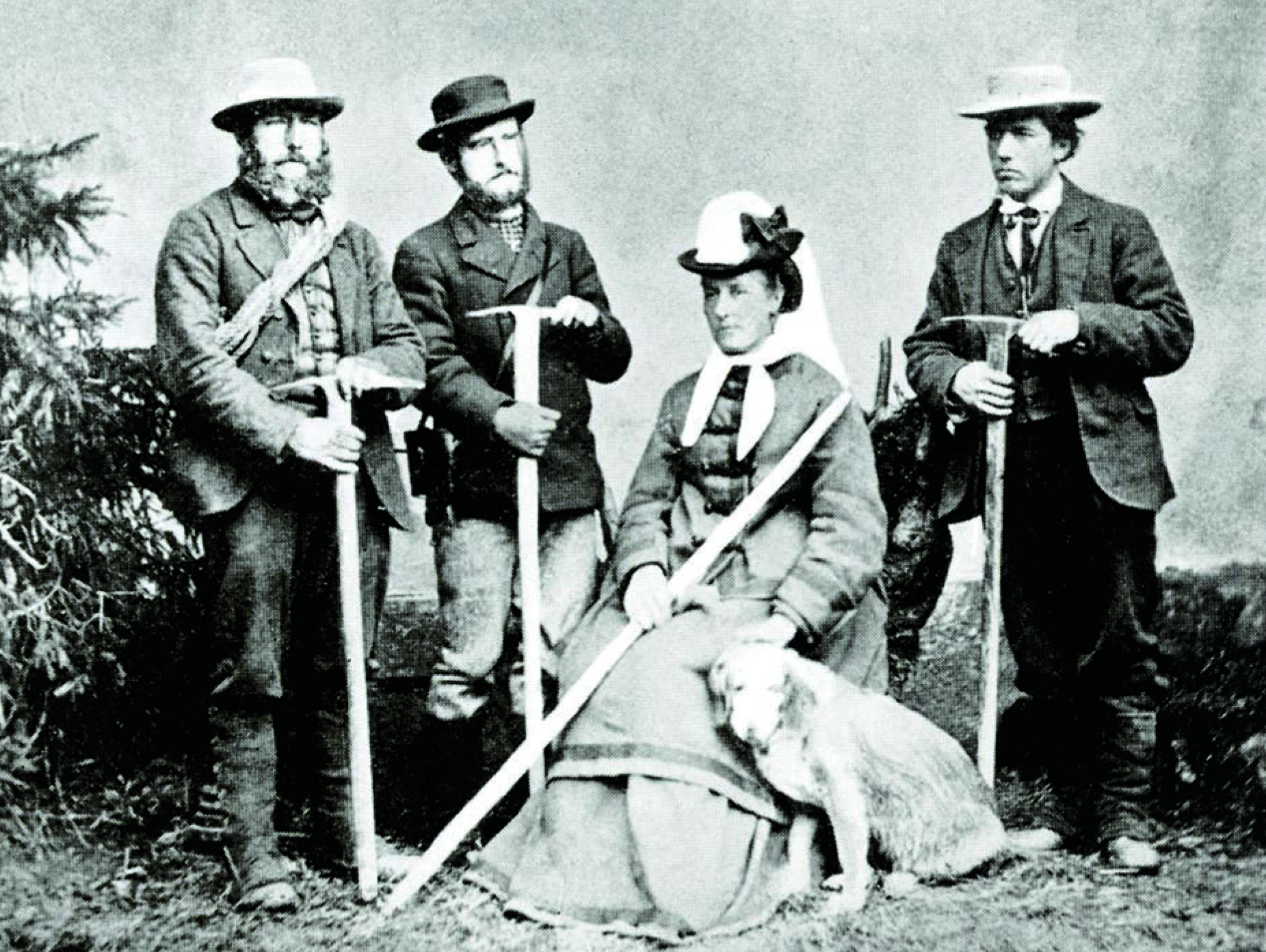
The American was not to be deterred, however. She waited until conditions on the mountain were right and, on September 5, 1871, became the first woman to cross from Zermatt to Breuil (Cervinia) via the summit. Still fuelled by great ambitions, including of conquering Everest – which was not to happen for another 82 years – Brevoort died of a heart attack in 1876 in Dorking, England.
The scene of fierce competition between mountaineers of different nationalities, the Matterhorn is today the quintessential Swiss symbol. When advertisers want to add “Swissness” to products and services like Toblerone or tourism, the Matterhorn is featured – even though half of the massif lies in Italy.
This was not always so: for a brief period, the Matterhorn was 100% French, during the reign of Napoleon I. On one side, the Valais region was part of the French Simplon département, with Sion as its capital, from 1810 to 1813. And on the other side, the Aosta Valley was part of the French département of La Doire, with Ivrea as its capital, from 1802 to 1814.
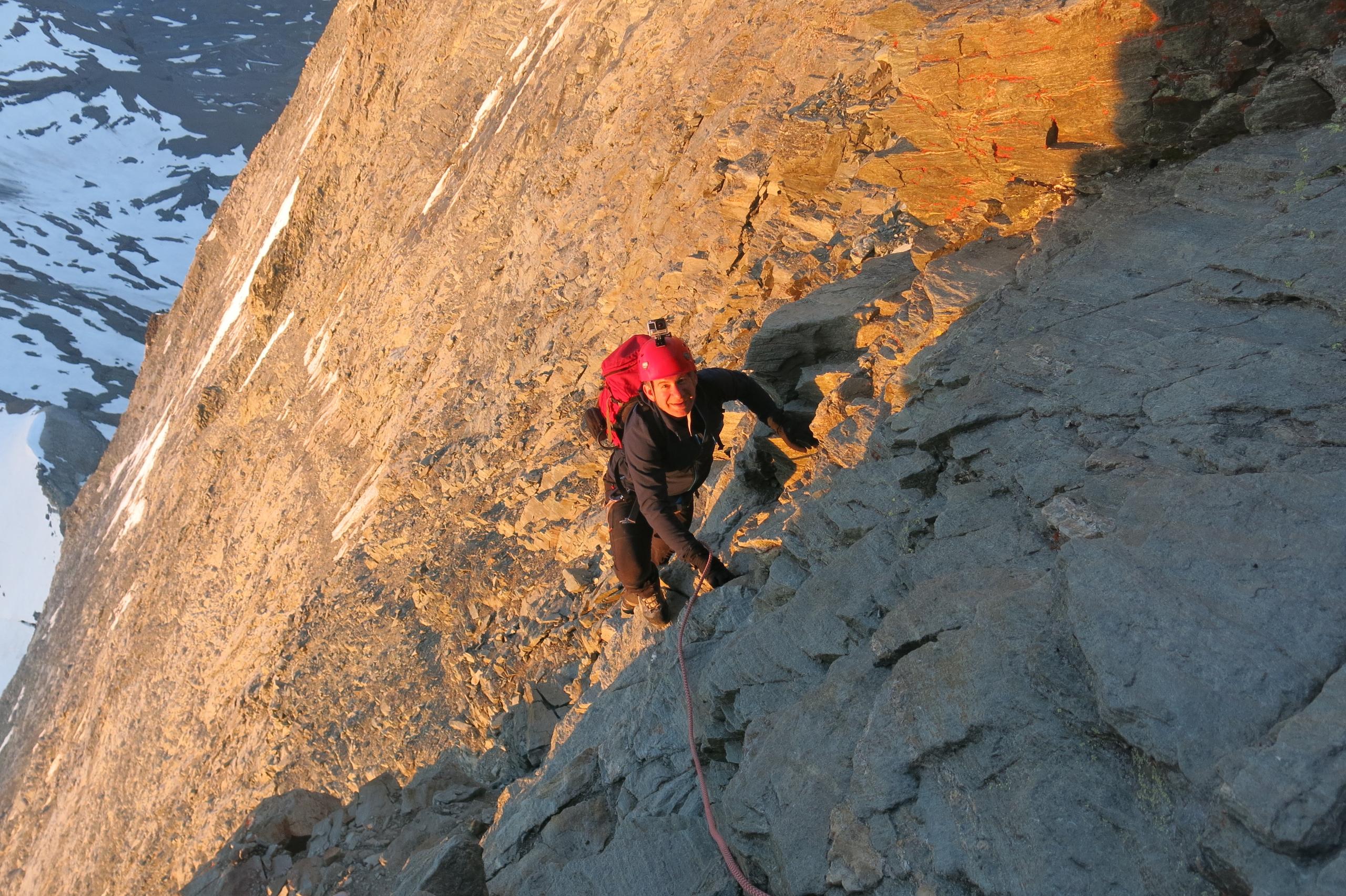
More
Climbing the Matterhorn

In compliance with the JTI standards
More: SWI swissinfo.ch certified by the Journalism Trust Initiative






























Join the conversation!